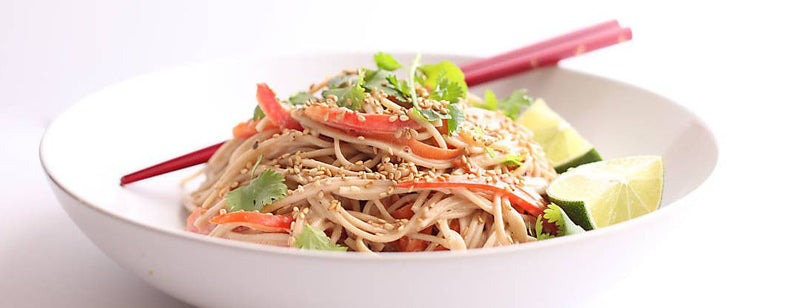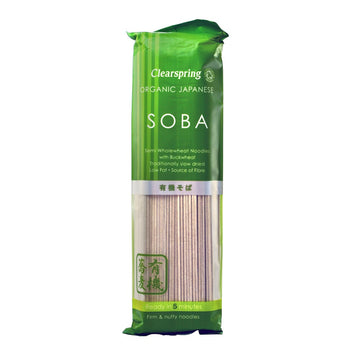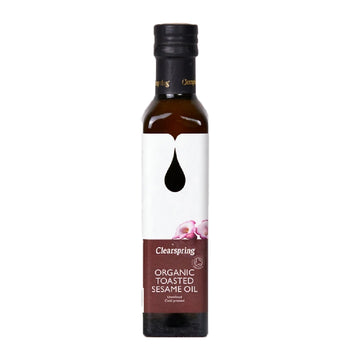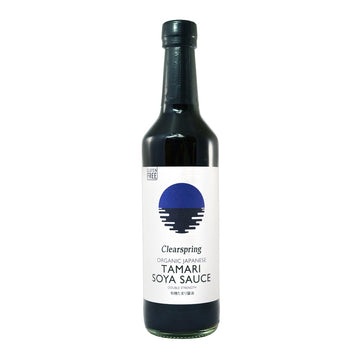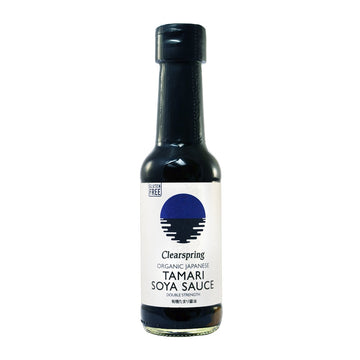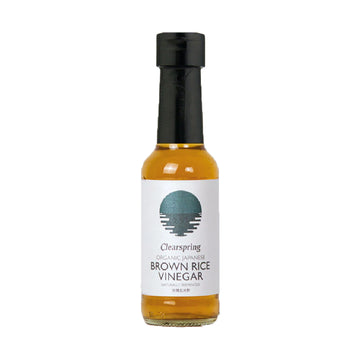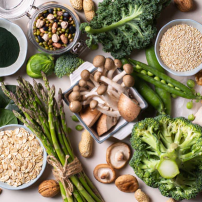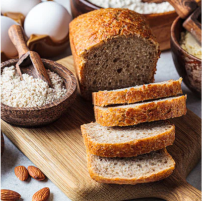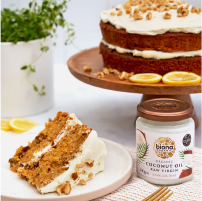Vary the vegetables according to seasonal availability. Fresh peas, sweetcorn, red and green peppers and radishes are all tasty and colourful variations for this dish. With Clearspring Soba noodles, Clearspring Toasted Sesame Oil, Clearspring Tamari Soya Sauce and Clearspring Brown Rice Vinegar
Serves 3-4
Cooking Japanese Noodles
Since most Japanese noodles are made with salt, you don’t need to add salt to the cooking water. You need about 2.5 litres boiling water to every 250 grams of noodles. Add the noodles a few at a time so the water doesn’t stop boiling. Stir gently until the water is boiling rapidly again to prevent the noodles from sticking to the bottom of the pan. If too many noodles are added at once, the water won’t return to the boil quickly enough, and the noodles will overcook on the outside and undercook on the inside. Also, using too little water will result in sticky, unevenly cooked noodles.
Some Japanese cooks boil them as described above, but add a cup of cold water once the water comes to the boil. When the water returns to a boil again, another cup of cold water is added. This is repeated three or four times until the noodles are cooked.
Either way, you need to test the noodles frequently to make sure they don’t overcook. A properly cooked noodle is slightly chewy and the same colour throughout. Once cooked, immediately drain and rinse the noodles in two or three cold-water baths or under cold running water. This stops them cooking and keeps the noodles from sticking together. If necessary, reheat by putting them in a colander and submerging in a pot of boiling water until just heated. Drain well and serve.


